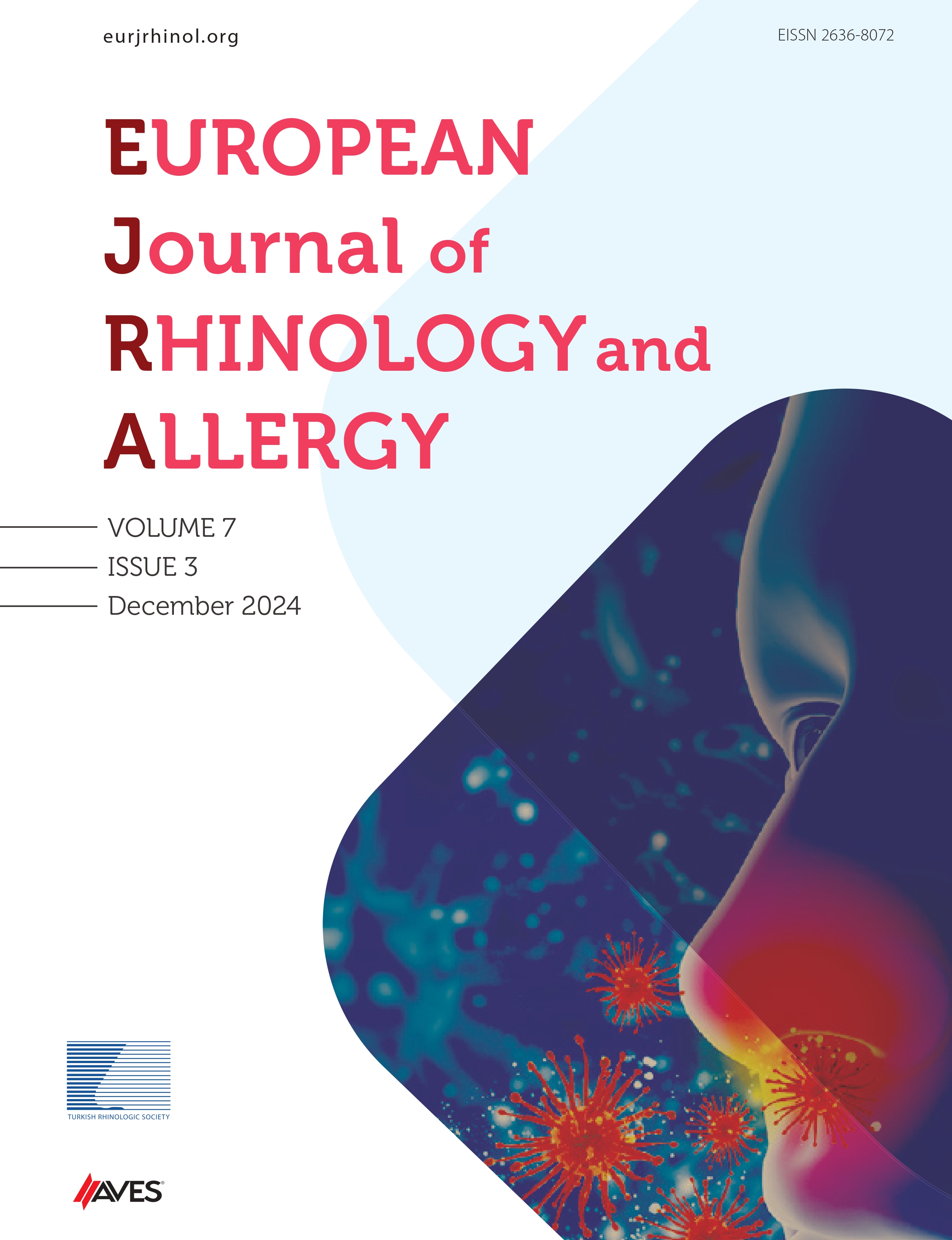Background: Deep neck space infections are infections of the head and neck region that can be disastrous if spread to multiple compartments or not approached aggressively in the initial phase. It is imperative to study the demographic characteristics including socio-economic status and rural or urban propensity for infection. We also tried to find the etiology and management strategies for deep neck space infections.
Methods: In the present study, 100 cases of deep neck space infections were evaluated in detail and managed conservatively or surgically based on their clinical and radiological extension. All the descriptive statistics were thoroughly applied and the data evaluated.
Results: The study has shown a slight male preponderance (57% male vs 43% female). Ludwig’s angina (38%) was the most common disease entity, followed by submandibular abscess (31%), peritonsillar abscess (22%), parapharyngeal abscess (4%), retropharyngeal abscess (4%), and parotid abscess (1%) in our study. Odontogenic infection and tonsillopharyngitis were the most important etiological determinants, while few patients have unknown etiology.
Conclusions: Deep neck space infections can be a potentially life-threatening complication. Poor dental hygiene, tobacco chewing, and poor hypoglycemic control are the important risk factors and social awareness should be strengthened to be devoid of these habits.
Cite this article as: Narwariya YS, Nigam R, Singh S. Observational study of 100 cases of deep neck space infection in a tertiary hospital of central India. Eur J Rhinol Allergy 2022;5(2):35-39.

.png)

.png)